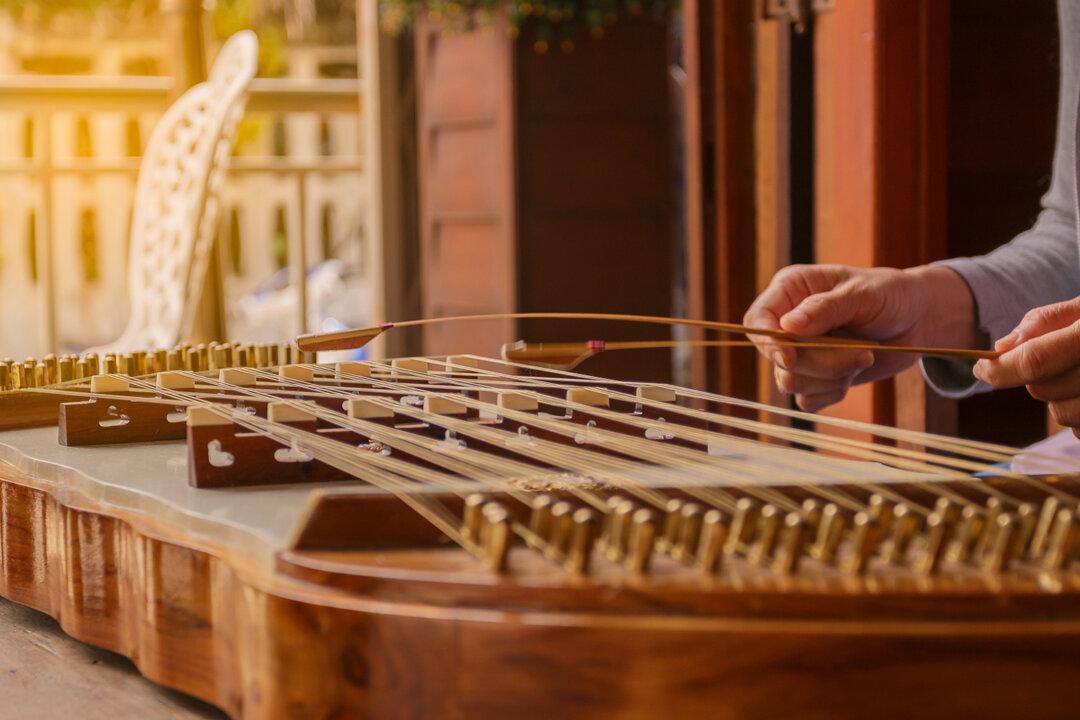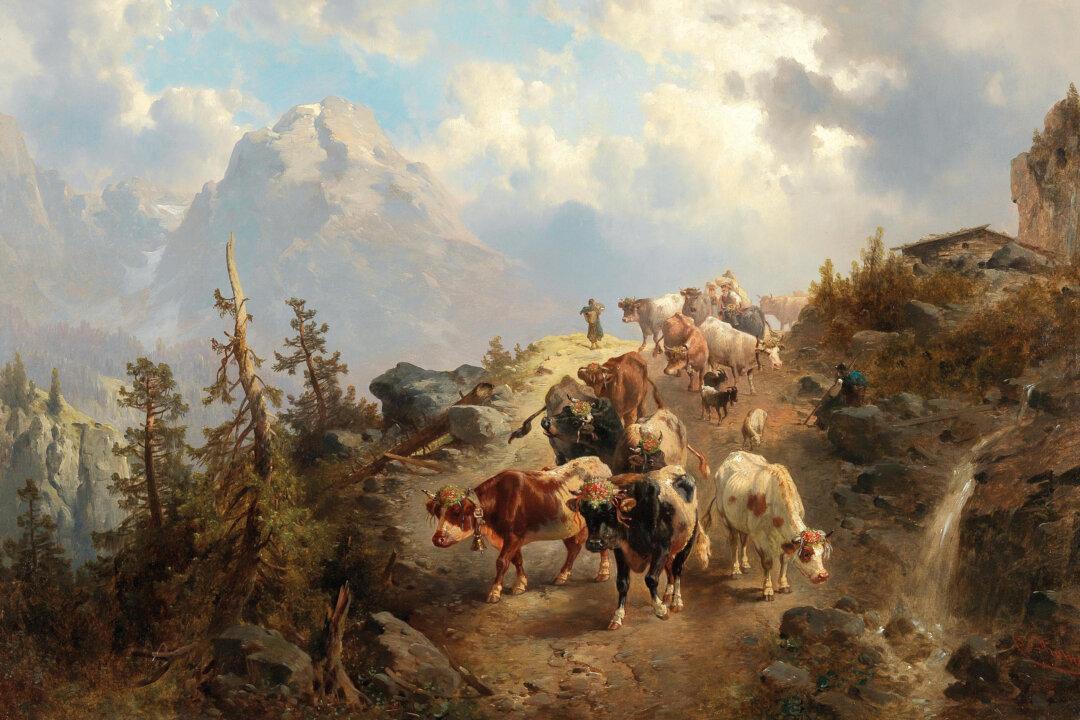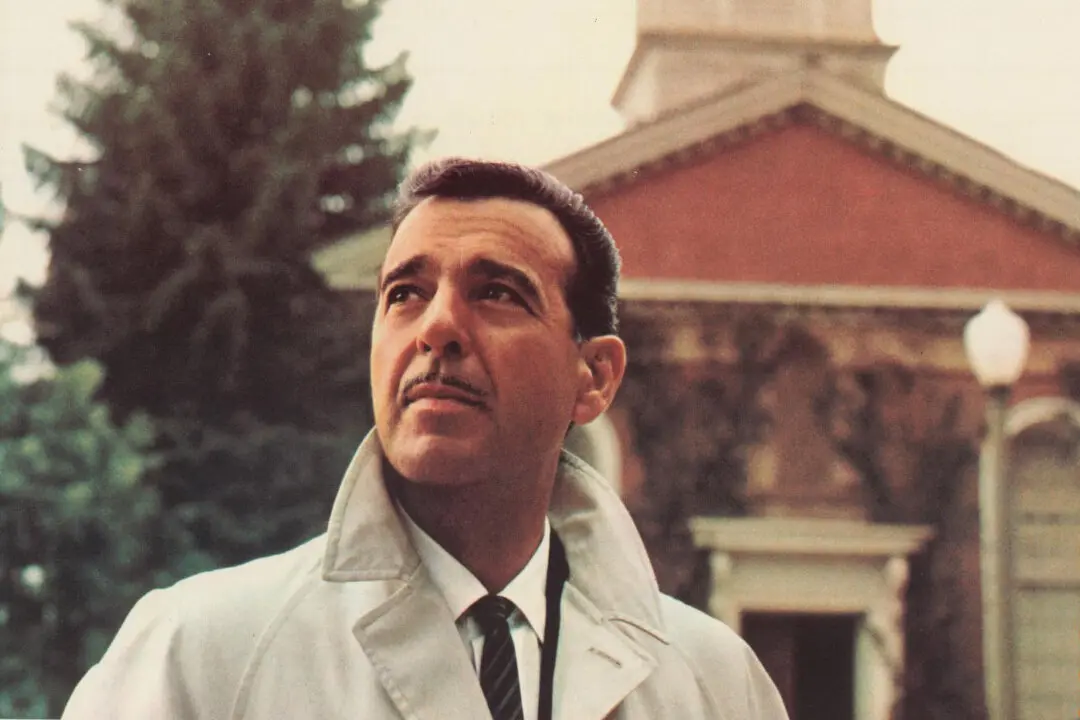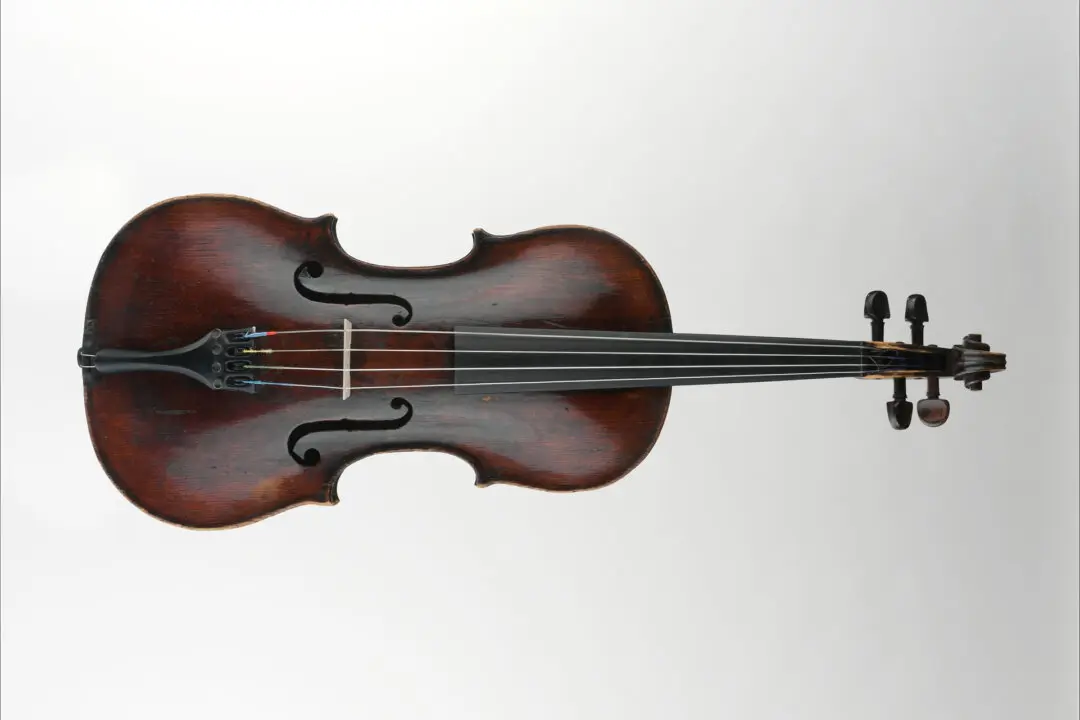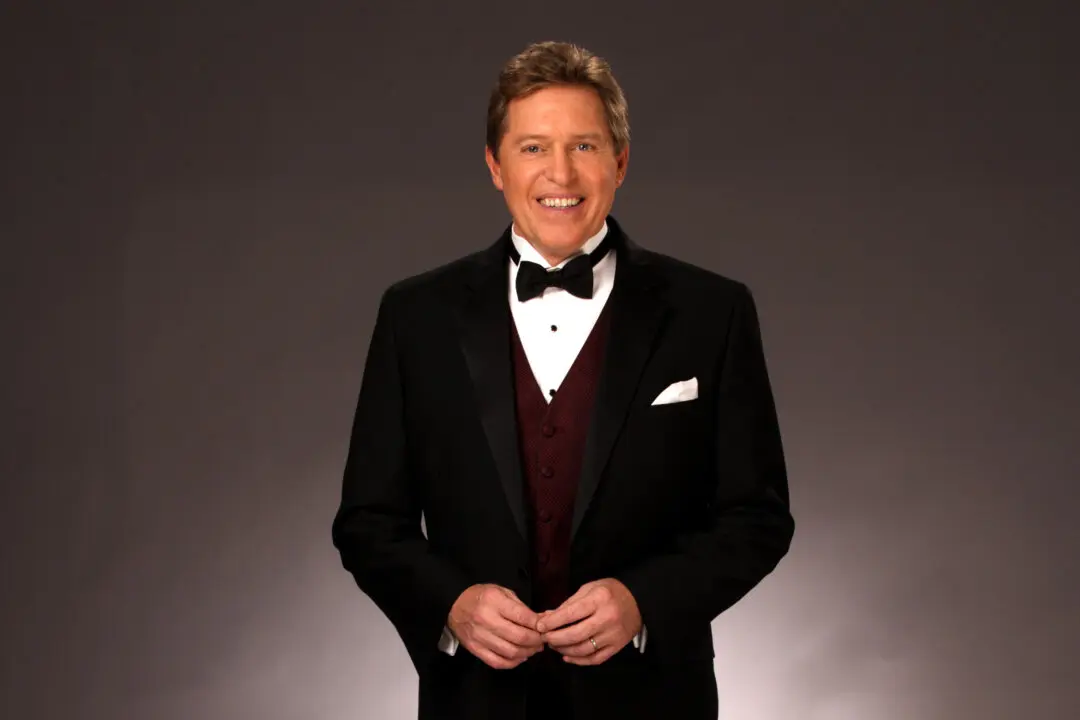In July 1933, American business icon Henry Ford hosted a celebration for his 70th birthday. During the party, the Ford Model T inventor joined the band on stage for a few songs. It wasn’t just any band he played with that night—it was his band, an old-timey style group he playfully called an “orchestra.” At this event, their sets focused on folk and dance music.
Guests enjoyed seeing the Ford Motor Company owner take a break from work and pick up his violin. However, the audience were particularly captivated by one of his band member’s instrument: the hammered dulcimer. This mesmerizing instrument originally came to America on some of the first ships that landed on Jamestown’s shores in the early 1600s.

